If you’re looking for tips on how to teach the Civil War in your upper elementary social studies class, you’ve come to the right place.
Teaching the Civil War is an experience. You’ll never hear me describe this era as “fun or exciting.”
The Civil War feels heavy and incredibly serious to me for two reasons.
First, the Civil War nearly tore our nation apart. The American Revolution was all about forming our country and establishing precedence. Then, later, the Civil War brought us to the brink of disaster.
Second, by the time the Civil War was in gear, cameras were being used. Civil War photographs are haunting, in my opinion.
Being able to look into the eyes of soldiers, families, and enslaved individuals brings a new dimension to the Civil War that we just don’t have earlier in American history.
Looking at real people in photographs from the Civil War era forges a much deeper emotional connection than the paintings and sketches of earlier eras.
Quick Note: Are you teaching 5th grade social studies?
If you teach 5th grade social studies, I’d love to share my pacing and sequence guide with you.
Simply enter your first name and email address below to have this free guide sent to your inbox.
As a bonus, you’ll become part of my weekly VIP email club full of ideas and tips for upper elementary social studies teachers.
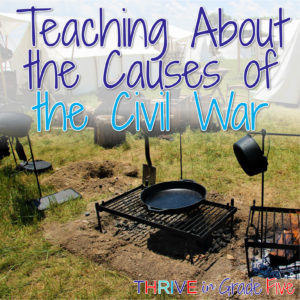
Teaching the Causes of the Civil War
If you approach people on the street and ask them what led to the Civil War, many of them will say that slavery was the sole issue that sparked the Civil War.
Yes, slavery was a major point of contention but the Civil War came about due to a variety of factors.
• States’ rights – The struggle for states’ rights had existed since the founding of the United States. In the years before the Civil War, the Southern states felt that the federal government was taking away their rights. Each time a new state was added to the Union, the North and South struggled for power.
• Sectionalism – Most areas in the United States practiced sectionalism, or loyalty to one’s region, or section, of the country. Citizens generally didn’t think of themselves as “Americans.” They were “Northerners” or “Southerners” or “Virginians,” etc.
• Economy – The economies of the Northern and Southern states were completely different. The North had an industrial economy, so slavery was uncommon. In contrast, Southerners felt that slavery was necessary to maintain their way of life. They felt that if they lost their enslaved workers, they would lose everything.
• Secession – When President Abraham Lincoln was elected, Southerners were distraught. Lincoln was anti-slavery and Southerners feared that the new president would ignore states’ rights and end slavery. South Carolina was the first state to secede, followed by ten other states.
Once we’ve discussed the causes of the Civil War separately, it’s easy for students to make connections and understand the “big picture” reasons for the beginning of the Civil War.
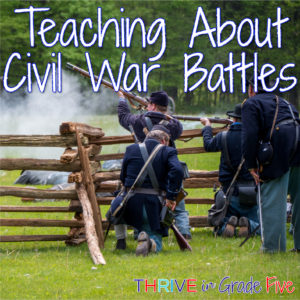
Teaching About Civil War Battles
We could spend an entire school year discussing the Civil War but that is not how upper elementary works, as you know.
With my students, I cover the major battles of the Civil War.
I chose the battles listed below because they are widely accepted by educators as the major battles. I feel that these battles had major significance during the war.
• Attack on Fort Sumter – This was the first exchange of fire in the Civil War.
• The First & Second Battles of Bull Run – I teach these battles together because they were close chronologically. The Confederate Army won both of these battles.
• Battle of Antietam – This was the bloodiest one-day battle of the Civil War. Although President Lincoln considered this battle a win for the Union, there was no clear winner. Both sides simply agreed to stop fighting so that they could go onto the battlefield to assist the wounded and gather the dead.
• Battle of Gettysburg – This was one of the deadliest battles of the Civil War. The Union victory at the Battle of Gettysburg brought about a turning point in the Civil War in favor of the Union.
• Siege of Vicksburg – This was more of a siege than an actual battle. Vicksburg, located on the Mississippi River, was the last major seaport still controlled by the Confederacy. Union troops were able to take control of the entire Mississippi River and effectively split the Confederacy into two parts. The Union now had the momentum needed to win the war.
Discussing Civil War Battles with Students
When deciding what information to include in our study of each battle, I filter everything through a lens of “What is appropriate for upper elementary students?”
If an event or concept feels overly traumatic, I don’t include it.
For the most part, when discussing Civil War battles, I follow this process:
- Introduce with a story or attention-getter (This blog post provides lots of great tips for telling stories in your social studies class.)
- Dive deeper with an informational text
- Review and synthesize information with questions and/or a foldable activity for students to keep in their interactive notebooks
- Introduce a primary source to add depth and perspective to the battle
- If available, include some sort of multimedia, like a quick video clip
The images below include examples of materials I use in my classroom. These resources are located in my Civil War Unit.
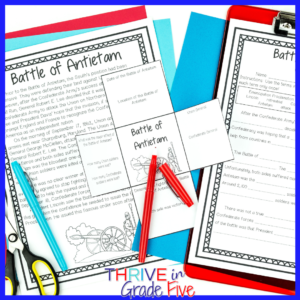
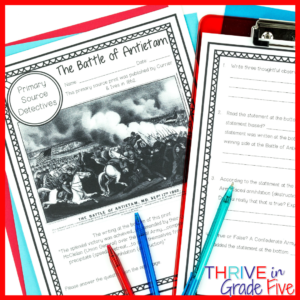
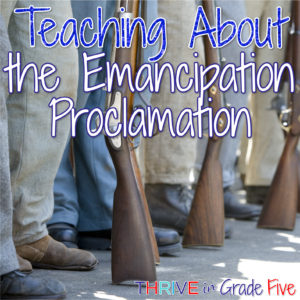
Teaching About the Emancipation Proclamation
The Emancipation Proclamation was signed by President Abraham Lincoln on January 1, 1863.
This document, although it brought hope and affirmed President Lincoln’s desire to end slavery, did not instantly free all enslaved persons in the United States.
The Emancipation Proclamation was a military tactic. The orders in the document applied only to the Confederate States in active rebellion, not to border states or to slave states under Union control.
When I introduce the Emancipation Proclamation to my students, I ask them to close their eyes and I read this text aloud:
You are standing atop the soft grass, shoulder to shoulder with other curious onlookers. You can hear the whining of fussy babies, birds crowing, and old men coughing. Suddenly, a hush falls across the crowd as the man with a booming voice begins to read the crinkly papers in front of him, “That on the first day of January, in the year of our Lord one thousand eight hundred and sixty-three, all persons held as slaves within any State…, the people whereof shall then be in rebellion against the United States, shall be then, thenceforward, and forever free; and the Executive Government of the United States, including the military and naval authority thereof, will recognize and maintain the freedom of such persons, and will do no act or acts to repress such persons, or any of them, in any efforts they may make for their actual freedom.” Open your eyes. How do you feel about the words President Lincoln wrote in the Emancipation Proclamation? What picture does this excerpt paint in your mind?
Definitely give students a few minutes to discuss what they’ve just heard. Each group of students will pull different meanings and information from the excerpt, so it’s valuable to spend some time discussing and breaking down the excerpt as a class.
Take a moment to ensure that students understand the words emancipation and proclamation. These are big words for our upper elementary students.
Emancipation is defined as the freeing of a person or the release of a person from slavery.
A proclamation is an official announcement made by a government leader. Because we studied the American Revolution earlier in the school year, I remind them of the Proclamation of 1763 issued by King George III. It’s always a great idea to help students make connections!
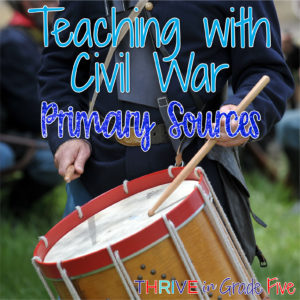
Teaching with Civil War Primary Sources
When deciding how to teach the Civil War to your upper elementary students, be sure to include primary sources.
Fortunately for teachers, Civil War-era primary sources are numerous and readily available, from letters and journals to photographs and printed media.
It is vital that you vet all primary sources before using them with your students. There are some traumatic/graphic/violent images that should not be shown to students, so be careful!
The image below includes an example of a resource I use in my classroom. This resource is located in my Civil War Unit.
The primary source images below are available from the Library of Congress. All images are listed as “No known restrictions on publication.”




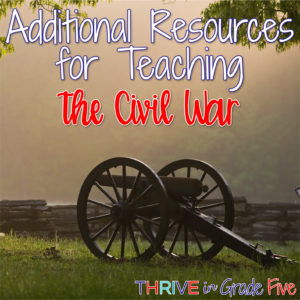
Additional Resources for Teaching the Civil War
Dear America Video Series: A Picture of Freedom (Youtube video)
Library of Congress – Civil War Prints, Photographs, and Drawings
Smithsonian Open Access – Click on the link, then search “Civil War.” You’ll see a wealth of primary source artifacts and photographs. All images are free to download and use!
American Battlefield Trust Virtual Tours – This amazing website offers free virtual tours for the Battle of Gettysburg, Battle of Antietam, Appomattox Court House, and many more historical sites!
Read-aloud picture books and chapter books are always a stellar way to bring the Civil War to life for your students. The books below are some of my favorites:
Need a complete print ‘n go Civil War Unit for your 5th graders or 6th graders? Definitely check out this ready-to-use resource:
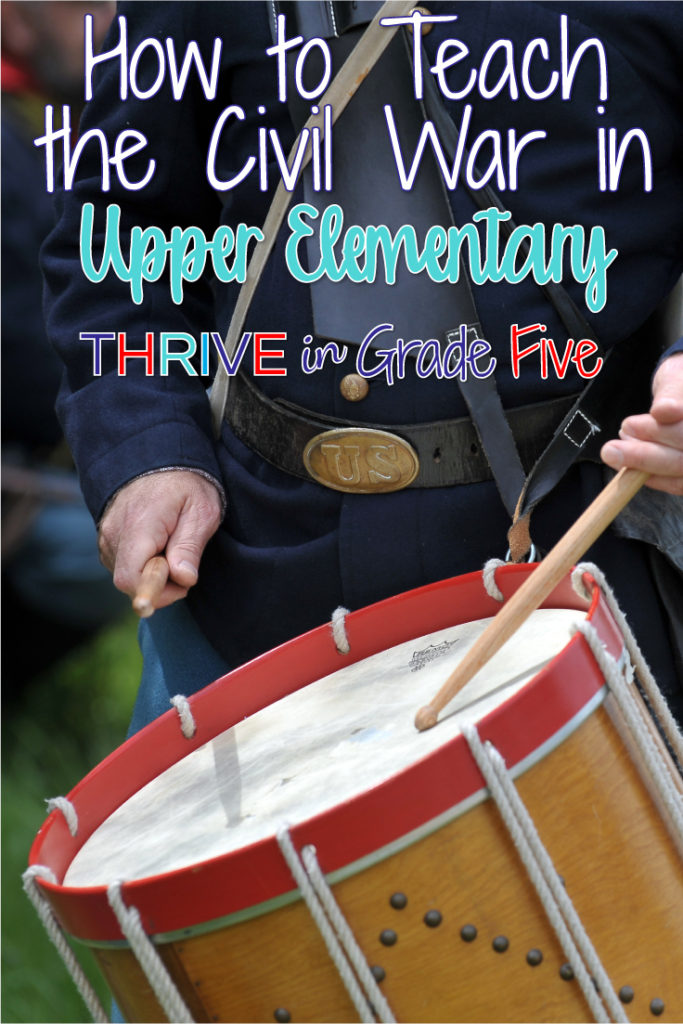
If you’d like to keep this blog post for later, simply save this image to your teacher Pinterest board!
* Please note that Thrive in Grade Five (Jenifer Bazzit) is a participant in the Amazon Services LLC Associates Program, an affiliate advertising program designed to provide a means for sites to earn advertising fees by advertising and linking to amazon.com. *

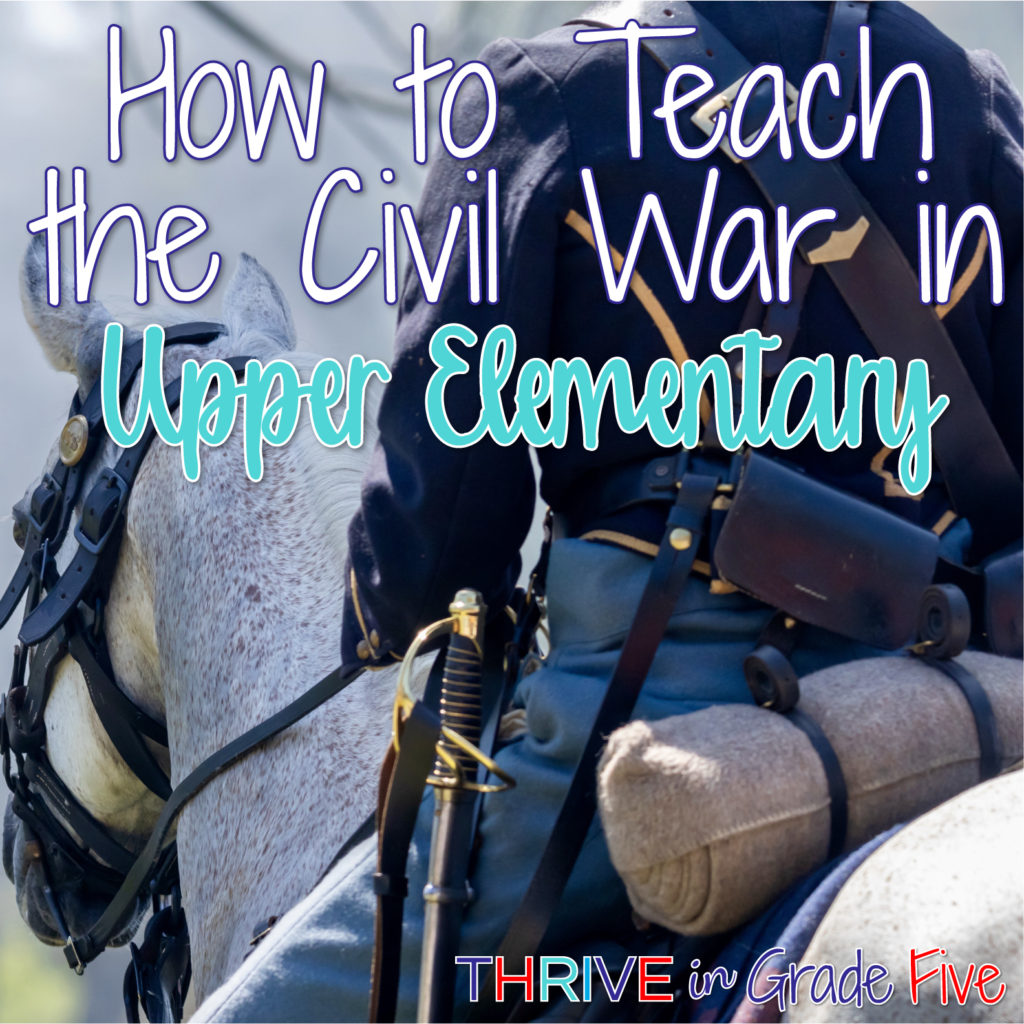
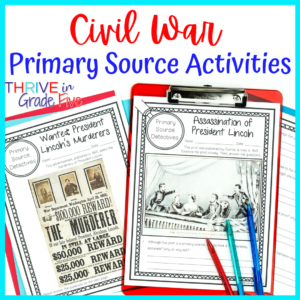
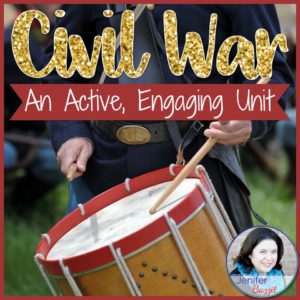
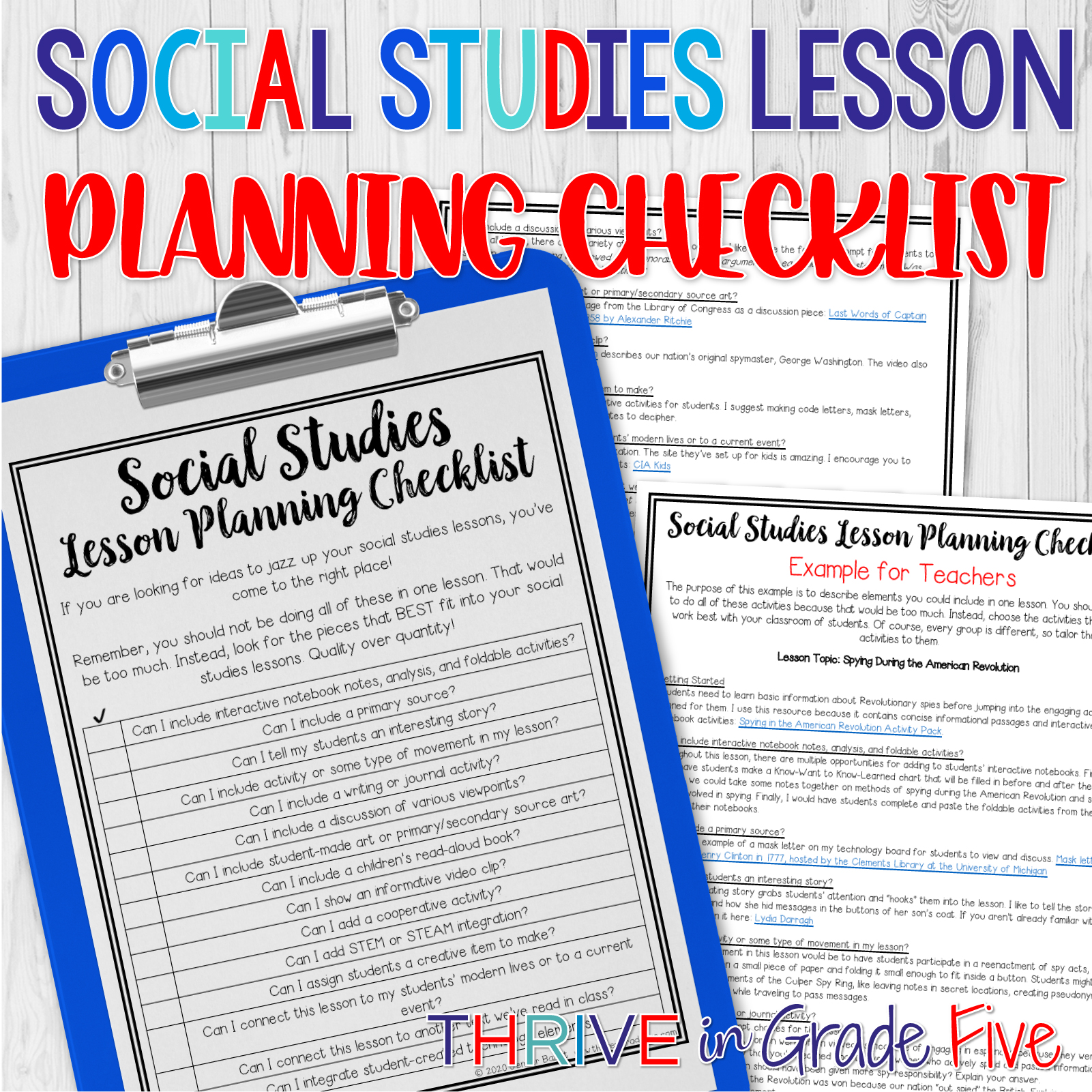
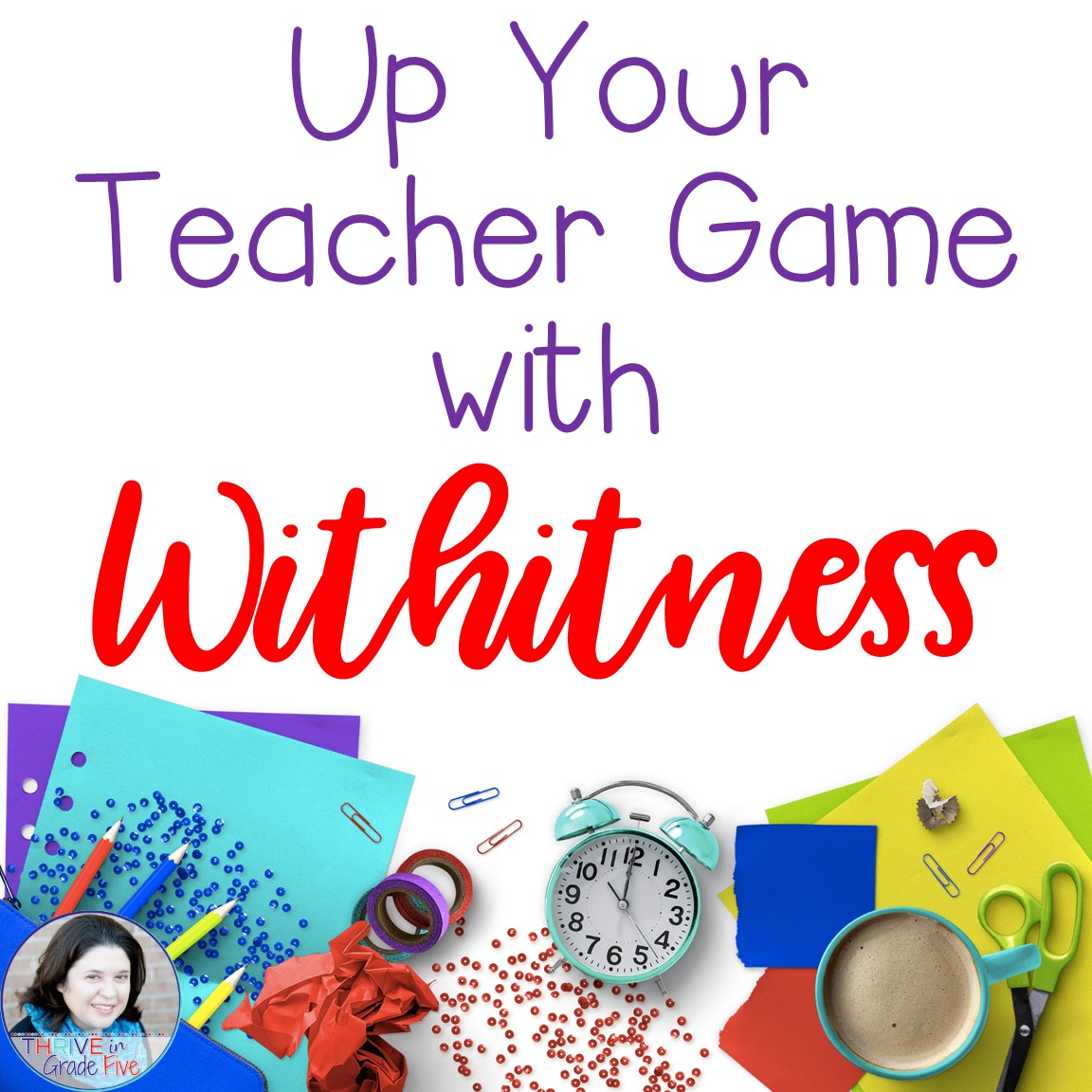
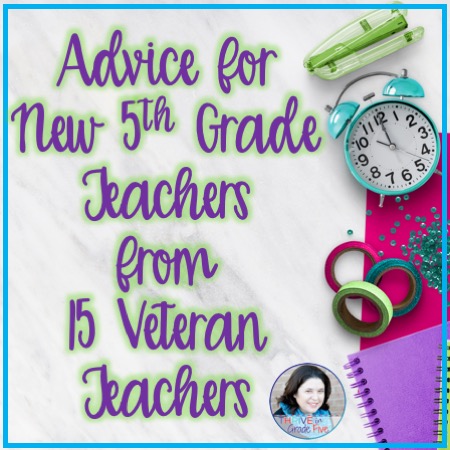
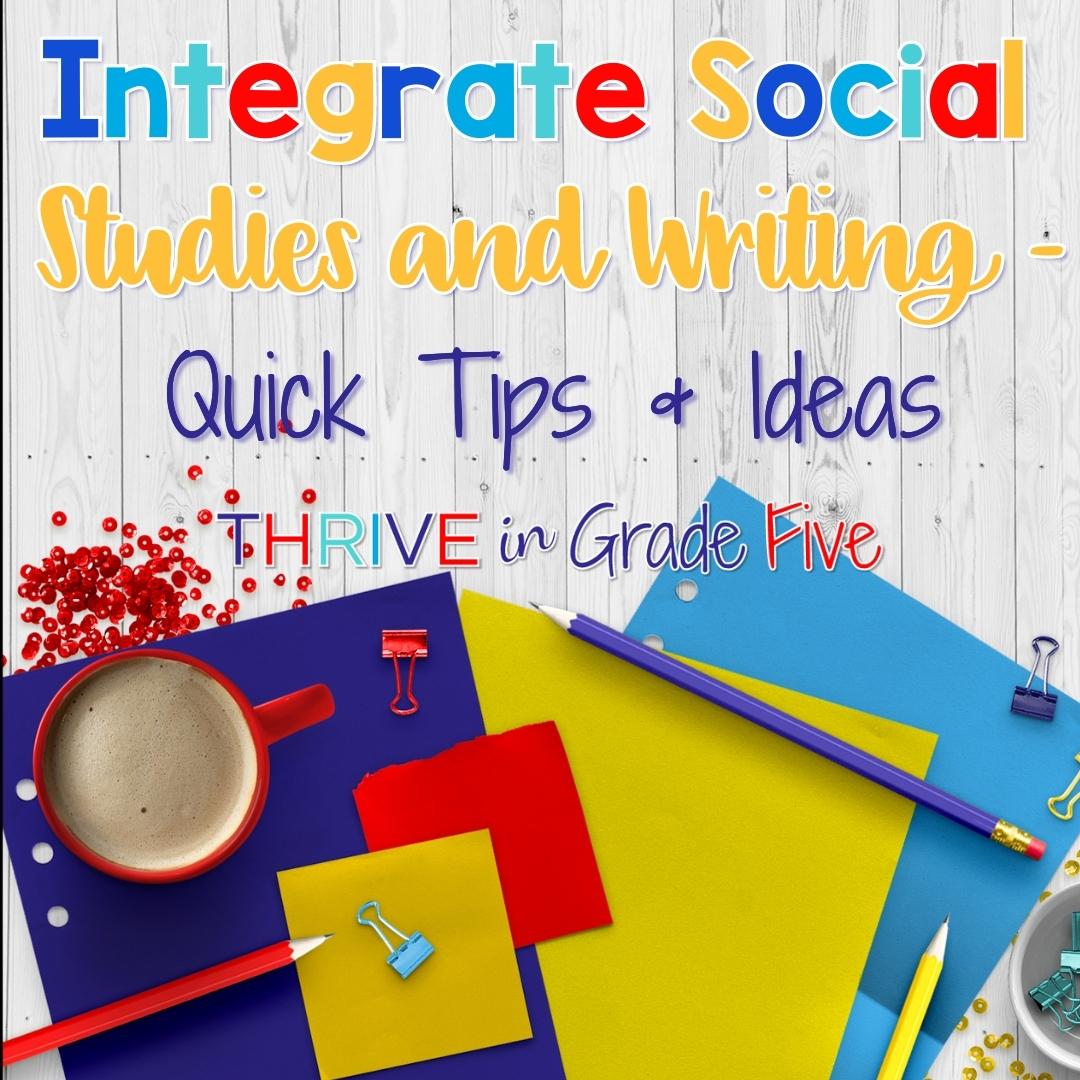


2 Comments
I love this resource. Do you have slides to help teach this unit or is this just activities and interactive notebooks to use?
Hi Heather! Thank you for taking the time to leave a comment. Right now, I just use the informational texts, activities, and interactive notebooks. Adding slides is a great idea though. I’ll definitely put that on my to-do list!